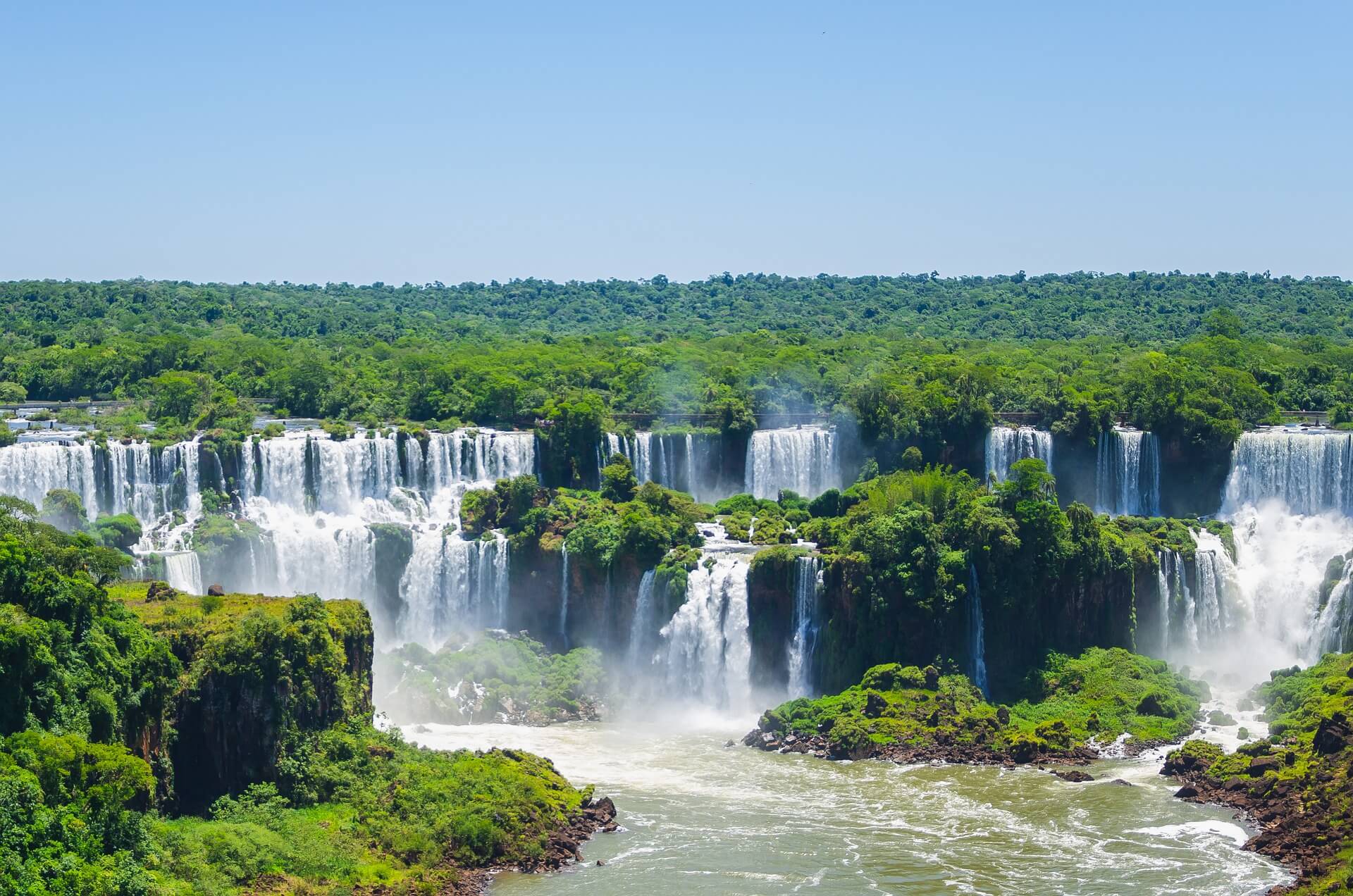
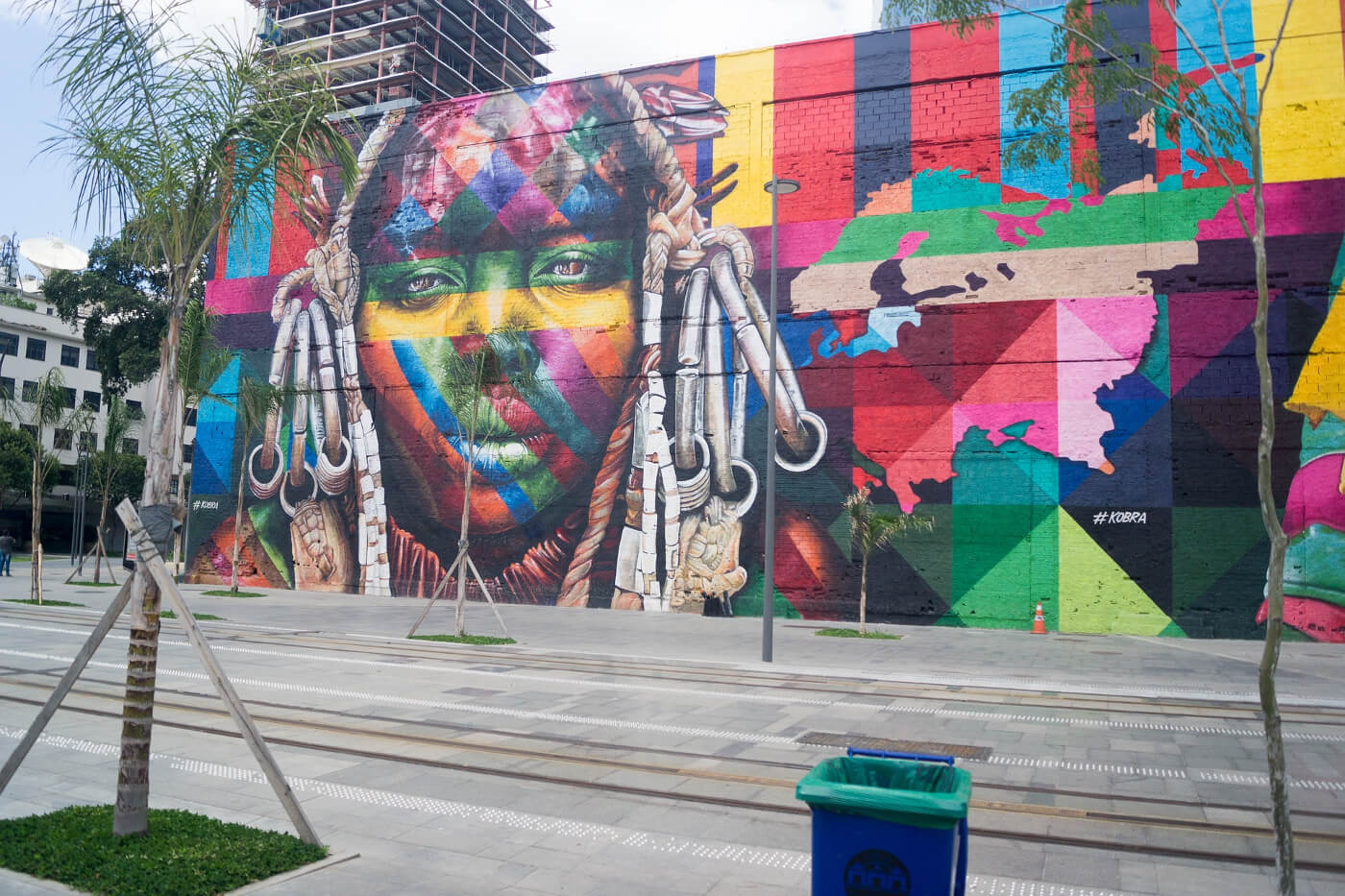
Brazil-official name is the Federative Republic of Brazil- is the largest country in both South America and Latin America with 3,000,000 square miles and 211 million people. Brazil is the fifth largest country in the world and the sixth most populous.
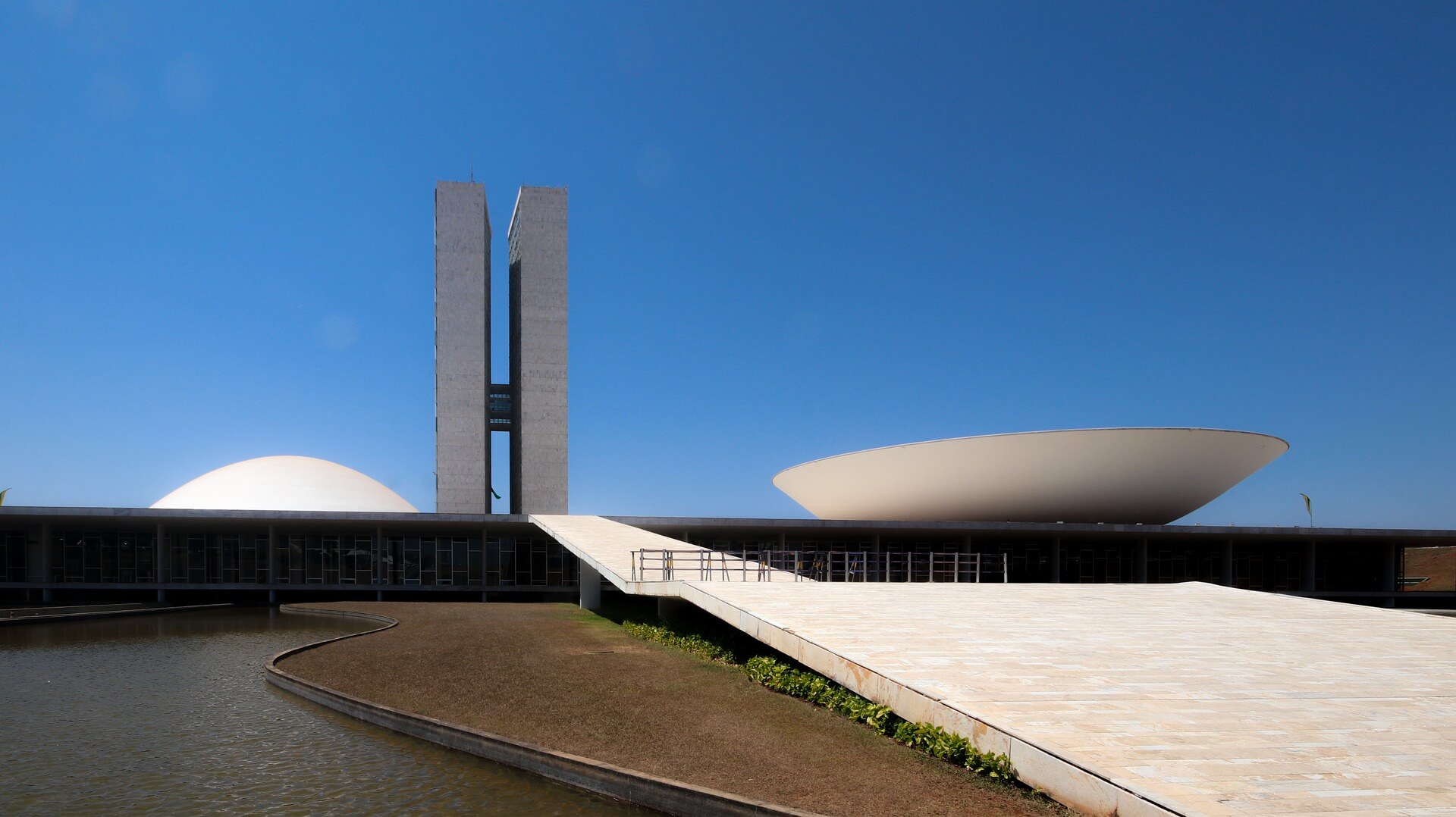
Its capital is Brasilia and its most populous city is Sao Paulo. It is the only country in the Americas with Portuguese as its official language. Brazil is one of the most multicultural and ethnically diverse nations due to over a century of immigration from around the world. It is the most populous Roman Catholic country. Bounded by the Atlantic Ocean to the east, Brazil has a coastline of 4655 miles. It borders all countries in South America except Ecuador and Chile and covers 47% of the continent’s land area.
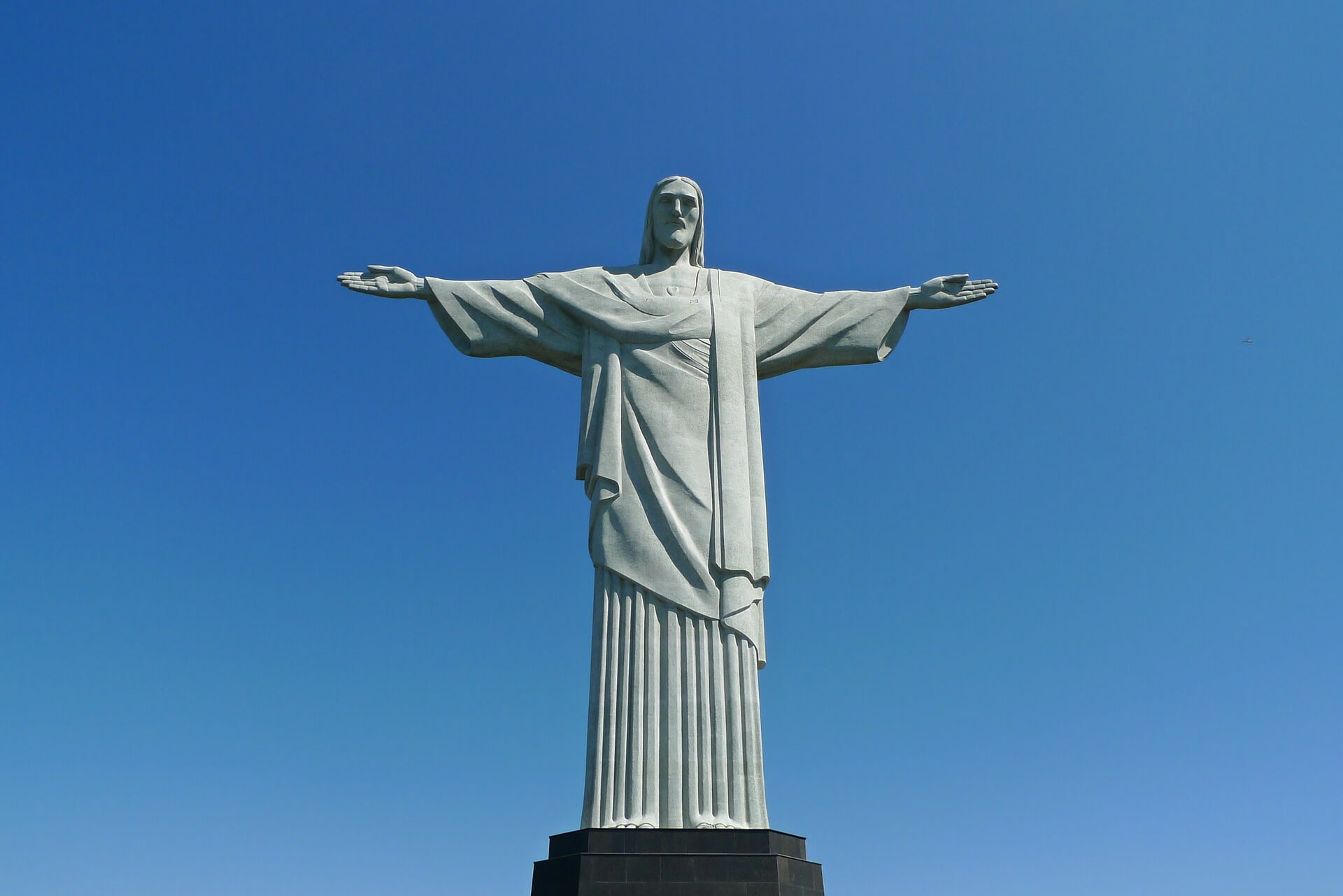
Its Amazon basin includes a vast tropical forest home to diverse wildlife, a variety of ecological systems, and extensive natural resources spanning many protected habitats. Brazil was inhabited by numerous tribal nations prior to the landing in 1500 of Pedro Alvares Cabral, who claimed the area for the Portuguese Empire. Brazil remained a Portuguese colony until 1808 when the capital of the empire was transferred from Lisbon to Rio de Janeiro. In 1815, the colony was elevated to the rank of kingdom under the formation of the United Kingdom of Portugal, Brazil and the Algarves. Independence was achieved in 1822 with the creation of the Empire of Brazil which was a unified state governed under a constitutional monarchy and a parliamentary system. The country became a presidential republic in 1889; its current status. Brazil is classified as an upper-middle income economy. It is one of the world’s major breadbaskets, being the largest producer of coffee for the last 150 years. Population segments are 48% white, 43% mixed and 7% black and 87% are Christian divided 65 % Roman Catholic and 22% Protestant.

Pre-Cabraline Era The first evidence of human beings was 11,000 years ago. The earliest evidence of pottery, in the western hemisphere, has been discovered in the Amazon basin and is 8000 years old. The Marajoara culture flourished in the Amazon delta from 400 CE to 1400 CE. They developed sophisticated pottery, social stratification, a large population (7 million), mound building, and complex social formations such as chiefdoms. The inhabitants, before the Portuguese, were mostly semi-nomadic who subsisted on hunting, fishing, gathering, and migrant agriculture. The indigenous people comprised several large ethnic groups. The territorial boundaries between these groups were marked by a series of land and sea wars that emerged from differences in culture, language and moral beliefs. Portuguese colonization began in 1534, when King John III of Portugal divided Brazil into 15 autonomous regions called the Captaincy Colonies of Brazil. The chaos of the autonomous Captaincies proved to be ungovernable and the king united them into the Governorate General of Brazil. In the first two centuries of colonization the indigenous tribes and Europeans fought each other while making opportunistic alliances.
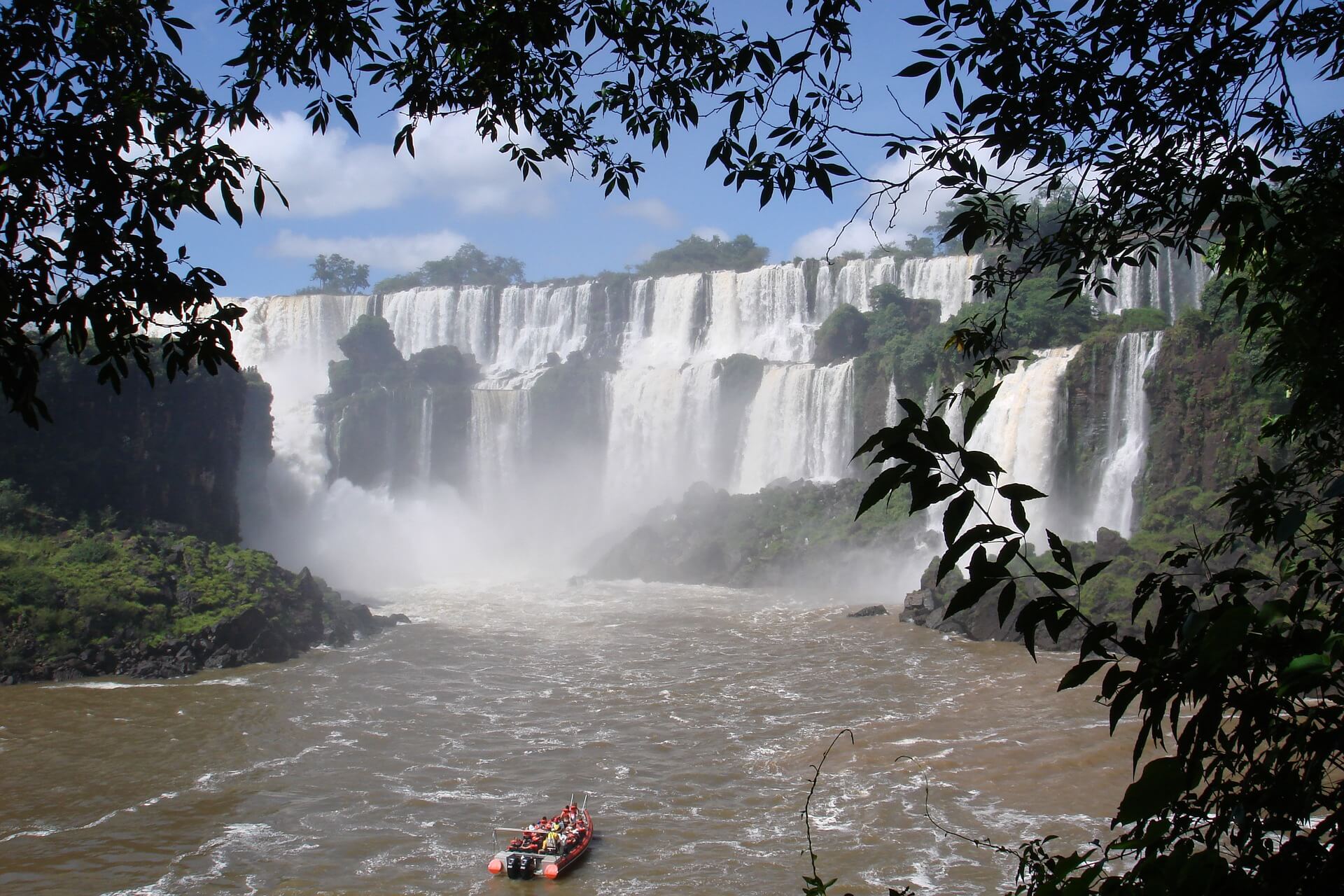
Brazil has a wide range of climate but the predominant climate is tropical. The country has six major climate subtypes; desert, equatorial, tropical, semiarid, oceanic and subtropical. The different climatic conditions produce environments ranging from equatorial rainforests in the north and semi-arid deserts in the northeast, to temperate coniferous forests in the south and tropical savannas in central Brazil. An equatorial climate characterizes much of northern Brazil. There is no dry season.
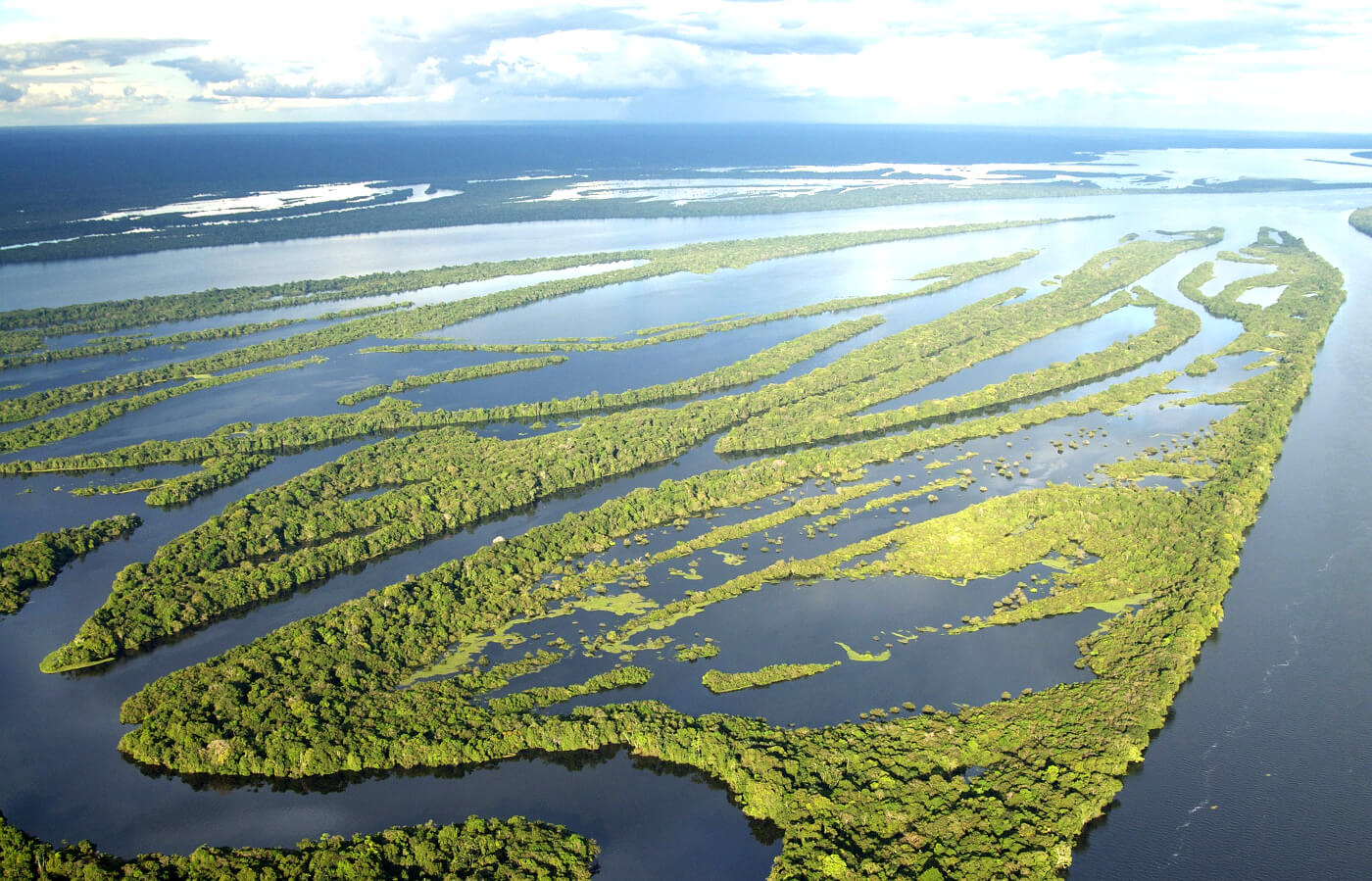
Biodiversity and Environment Brazil’s large territory comprises different ecosystems such as the Amazon rainforest, the Atlantic Forest and the Cerrado which are recognized as having the greatest biodiversity in the world. In the south, the Araucaria pine forest grows under temperate conditions. The rich wildlife of Brazil reflects the variety of natural habitats. Scientists estimate that the total number of plant and animal species in Brazil could approach 4 million, mostly invertebrates. Larger mammals include carnivores such as pumas, jaguars, ocelots, rare bush dogs, and foxes and herbivores include peccaries, tapirs, anteaters, sloths, possums and armadillos. Deer are plentiful in the south and many species of New World Monkeys are found in the northern rainforests. In 2017, preserved native vegetation occupied 61% of Brazilian territory, agriculture 8% and pastures 20%.
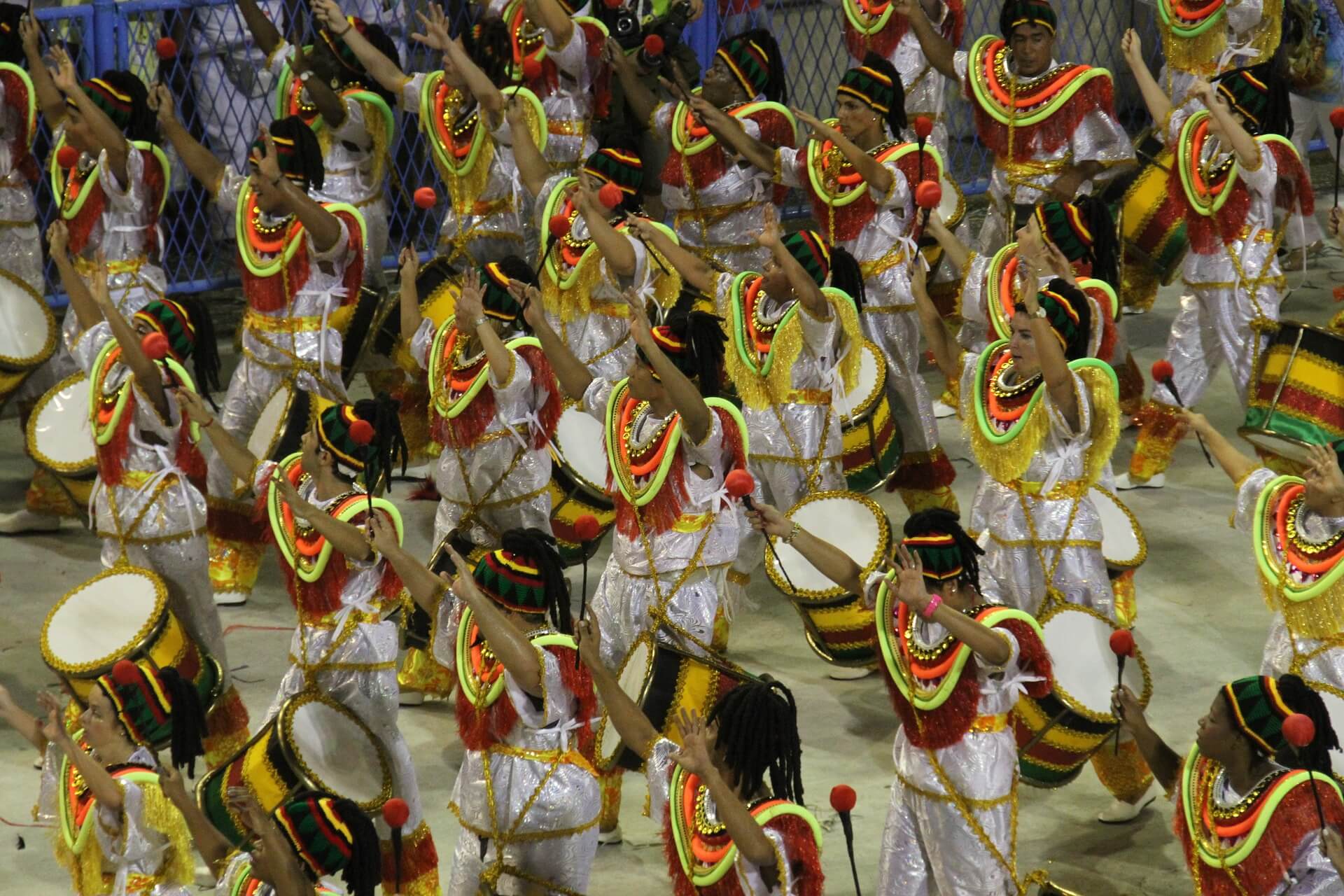
The culture of Brazil is primarily western and is derived from European Portuguese culture. Portuguese people and African people, In the late 19th and early 20th centuries, together with further waves of Portuguese colonization, Italians, Spaniards, Germans, Austrians, Arab Brazilian, Armenians, Japanese, Chinese, Korean, Greeks, Poles, and Russians settled in Brazil, playing an important role in its culture as it started to shape a multi-cultural and multi-ethnic society. The core of Brazilian culture is derived from the culture of Portugal including language, cuisine, the predominant religion and the colonial architectural styles. However, all the other cultures mentioned above contributed elements of their cultures to give Brazil a very unique heritage. Brazilian folklore is widespread and colorful as are its many festivals. Brazil is famous for its original dances including the Samba, Bossa Nova and Chiro.
Brigaderio balls of truffles with condensed milk and chocolate sprinkles
Canjica white corn with milk
Acai sorbet
Romeo and Julieta guava paste sandwich between mild, white cheese
Coxinhas shredded chicken in warm dough
Beijinho de Coco coconut balls
Pastels pastries filled with ground meat, cheese, heart of palm
Acaraje black eyed bean patties deep frie
Farofa fried tapioca flour with bacon
Tapioca crepe
Feijoada black beans with meat
Moquecca de Camarao stew with prawns and vegetables
Pao de Queijo cheese spread puffs

Empada mini-pie

Prawn Skewer
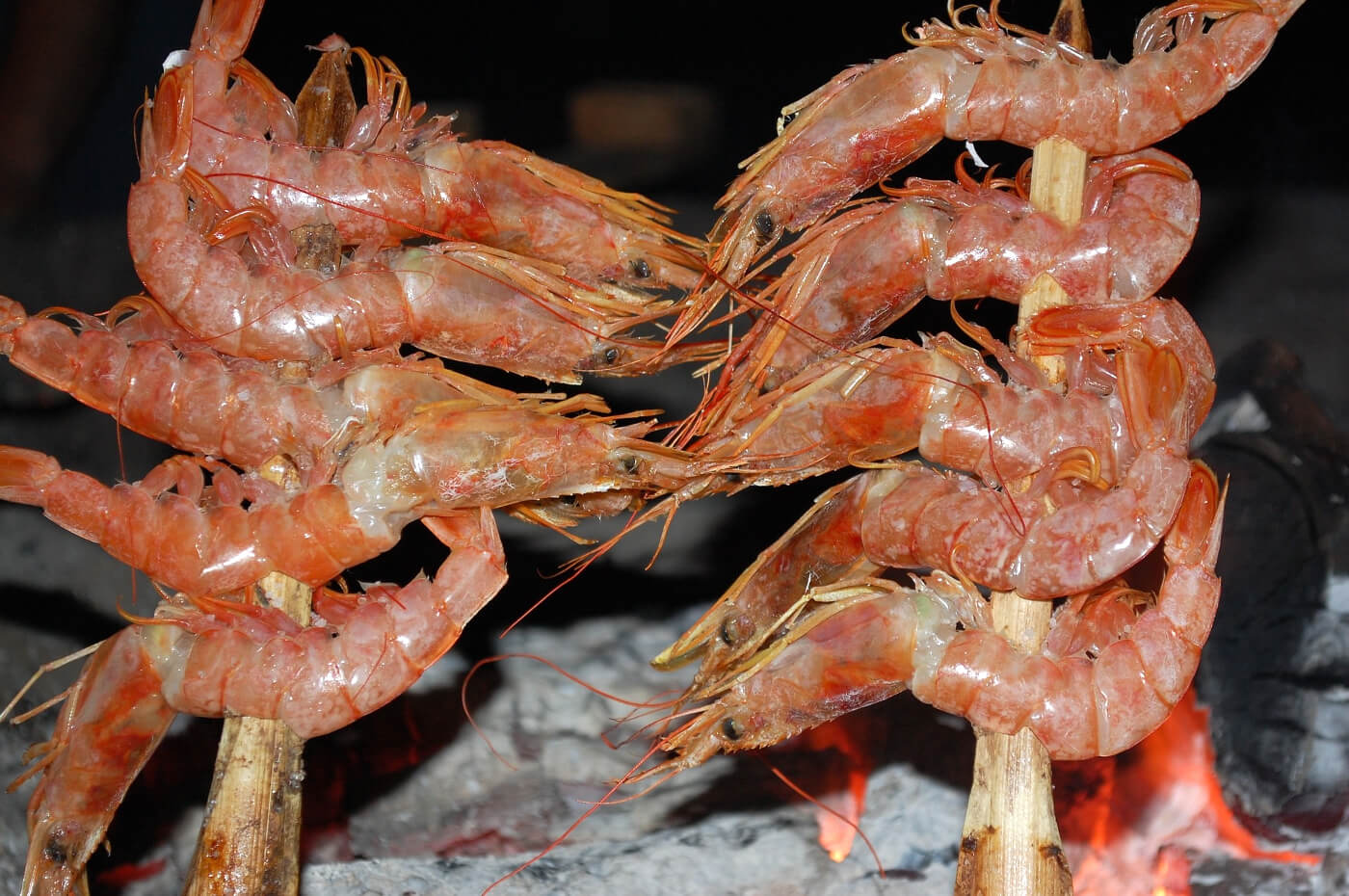
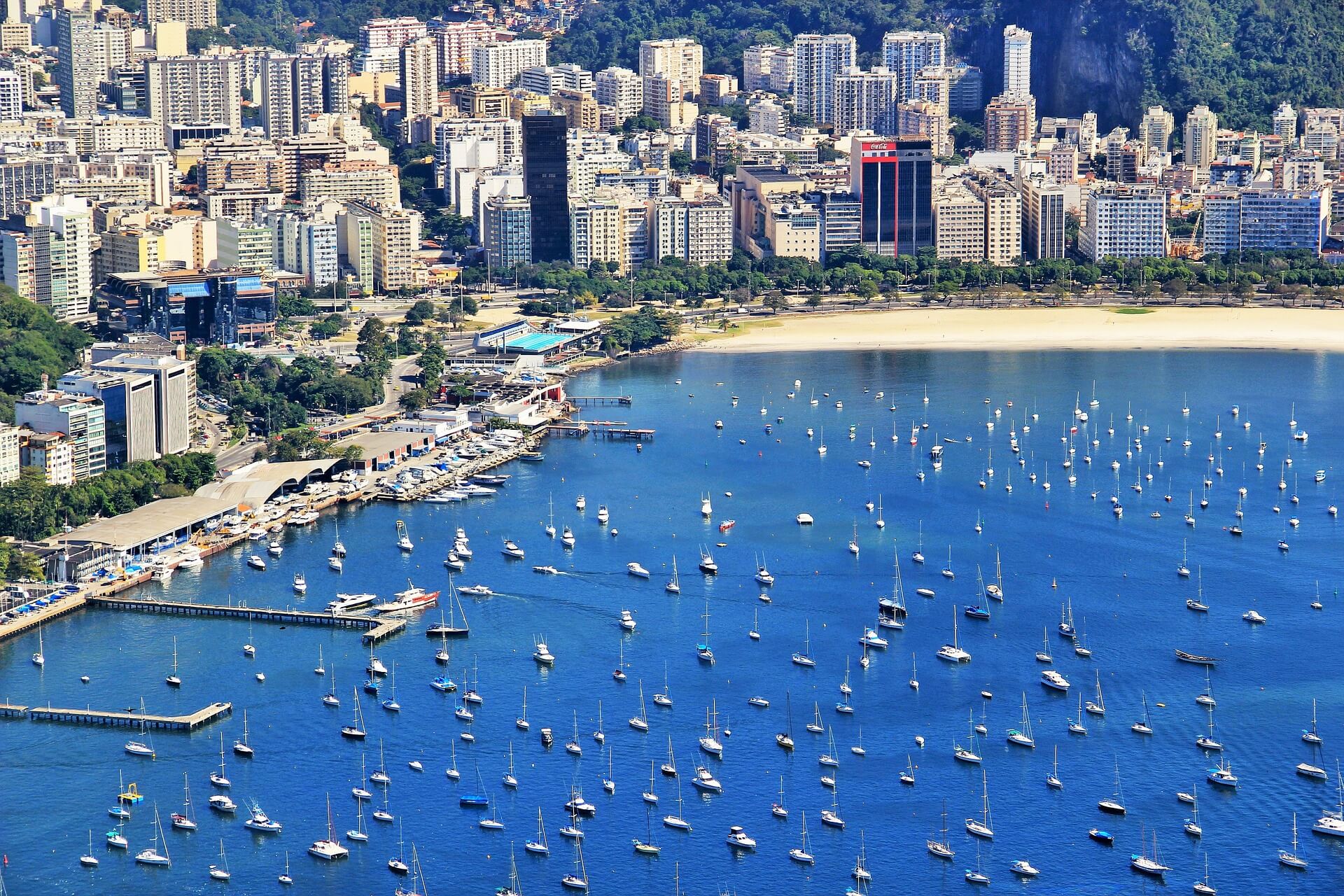
Rio de Janeiro is the second most populous in Brazil with 5 million residents. Rio is the capital of the state of Rio de Janeiro, Brazil’s third most populous state. Part of the city has been designated as a UNESCO World Heritage Site, as a Cultural landscape. Founded in 1565 by the Portuguese it was the capital of the Captaincy of Rio de Janeiro and in 1763 became the capital of the State of Brazil, a state of the Portuguese Empire. Rio served as capital of the various political formations of Brazil through 1960 when the capital was transferred to the new city of Brasilia. Rio is the home of many universities and institutes and is the second largest center of research and development in the country. Rio is one of the most visited cities in the Southern Hemisphere and is known for its natural setting, carnival, samba, bossa nova and beautiful beaches such as Barra da Tijuca, Copacabana, Ipanema and Leblon.
Tourist Attractions:
Corcovado site for the Statue “Christ the Redeemer” One of the Modern Seven Wonders of the World
Botanical Gardens 300 acres
Morrod de Urea landmarks and lookouts
Bara de Beach
Pedra Bonita mountain lookout
Tijuca Beach
Museu do Amanha history of our planet
Mirante Donamarta Observation deck and lookout
Lapa Arches view with tram
Theatro Municipal beautiful theatre
Parque Lage a park surrounded by rain forests
Lagoa Neighborhood Upscale neighborhood
Lapa Neighborhood nightlife area
Sugarloaf Mountain Beautiful view
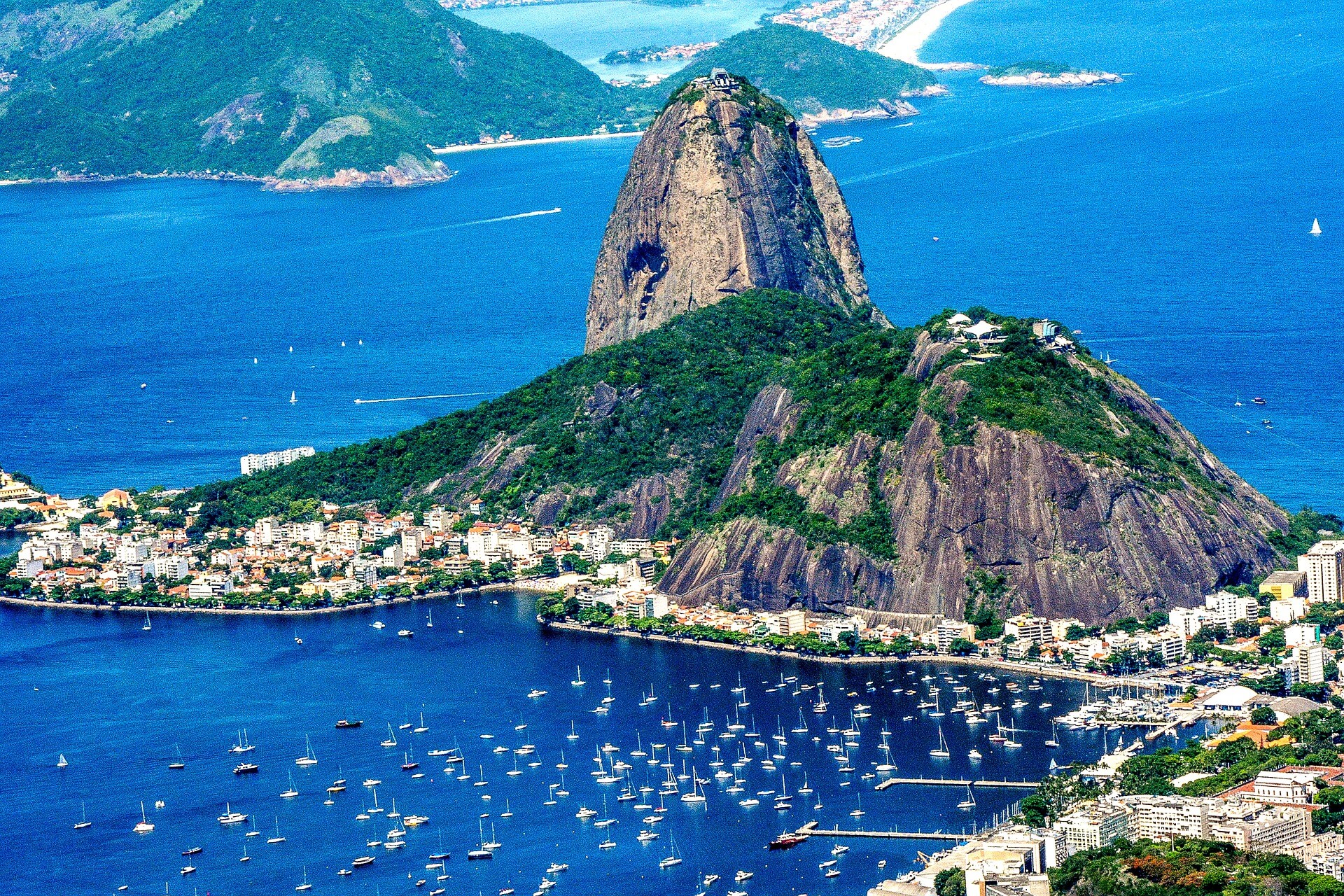
Ipanema Beach
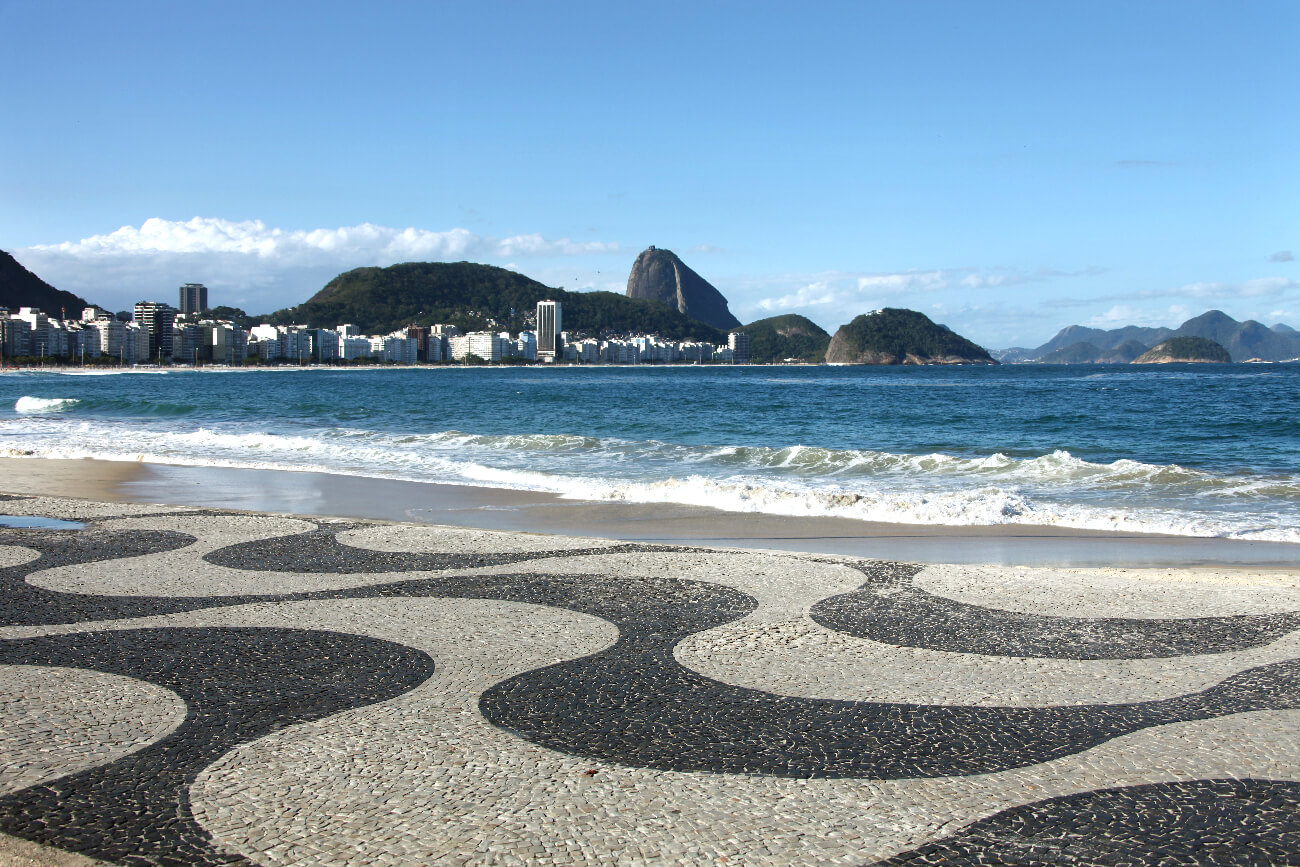
Tijuca National Park one of the largest urban forests in the world
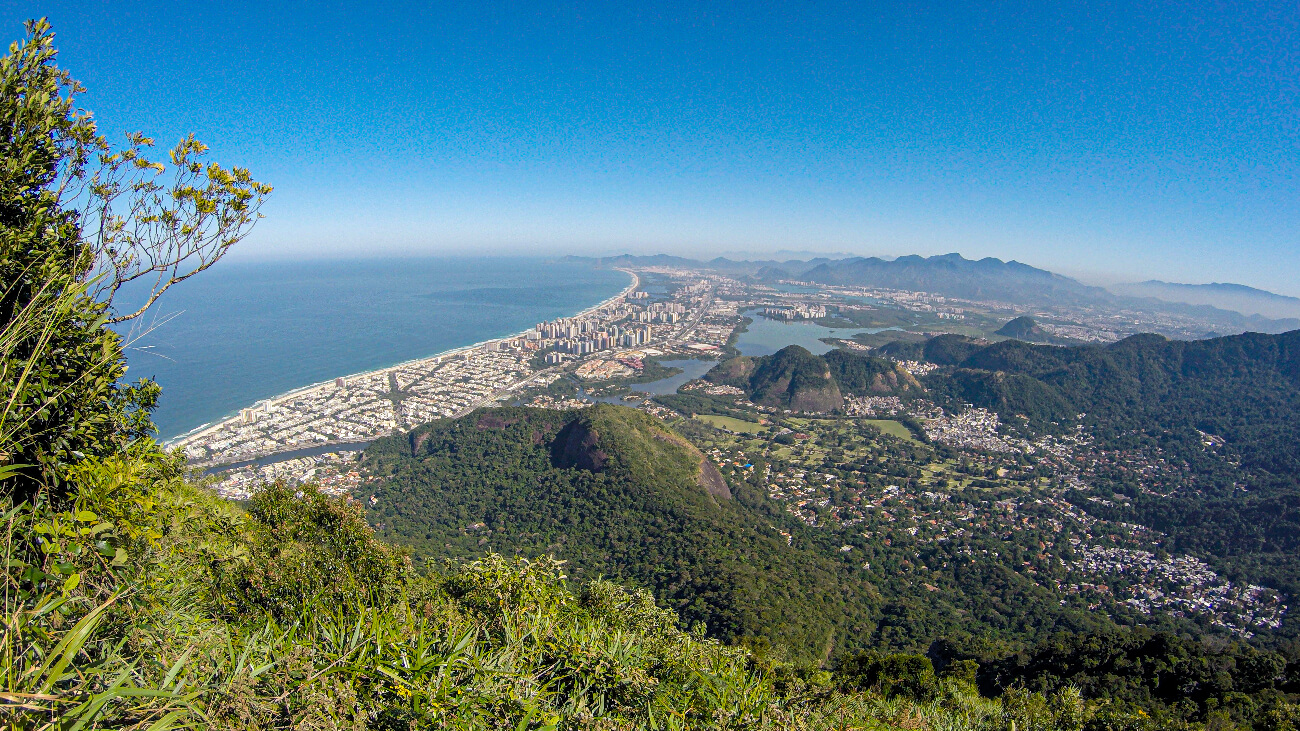
Sao Paulo is the largest city in South America with a population of 11 million. It features museums, theater, music, sports and various ethnic cuisines. It is the premiere city for business in Brazil.
Tourist Attractions:
Paulista Avenue Attractive and a landmark
Pinacoteca do Estado de São Paulo museum for Brazilian art and architecture
Museu do Futebol
Jardim Botânica de São Paulo natural history museum
Temple of Solomon Biblical museum
Theatro Municipa de São Paulo beautiful theater
Catedral de São Paulo holds 8000 people
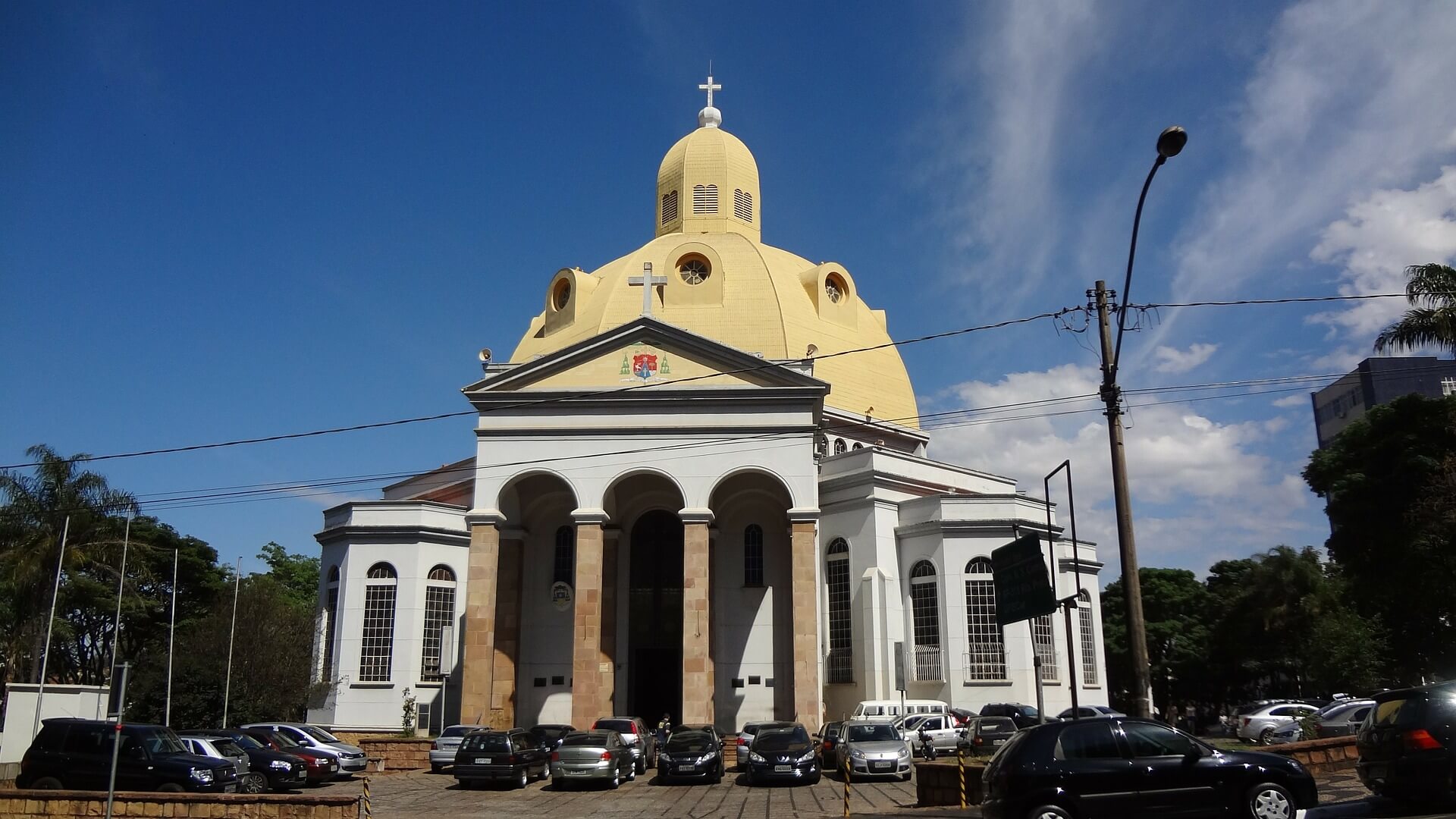
Parque Ibirapuera beautiful park
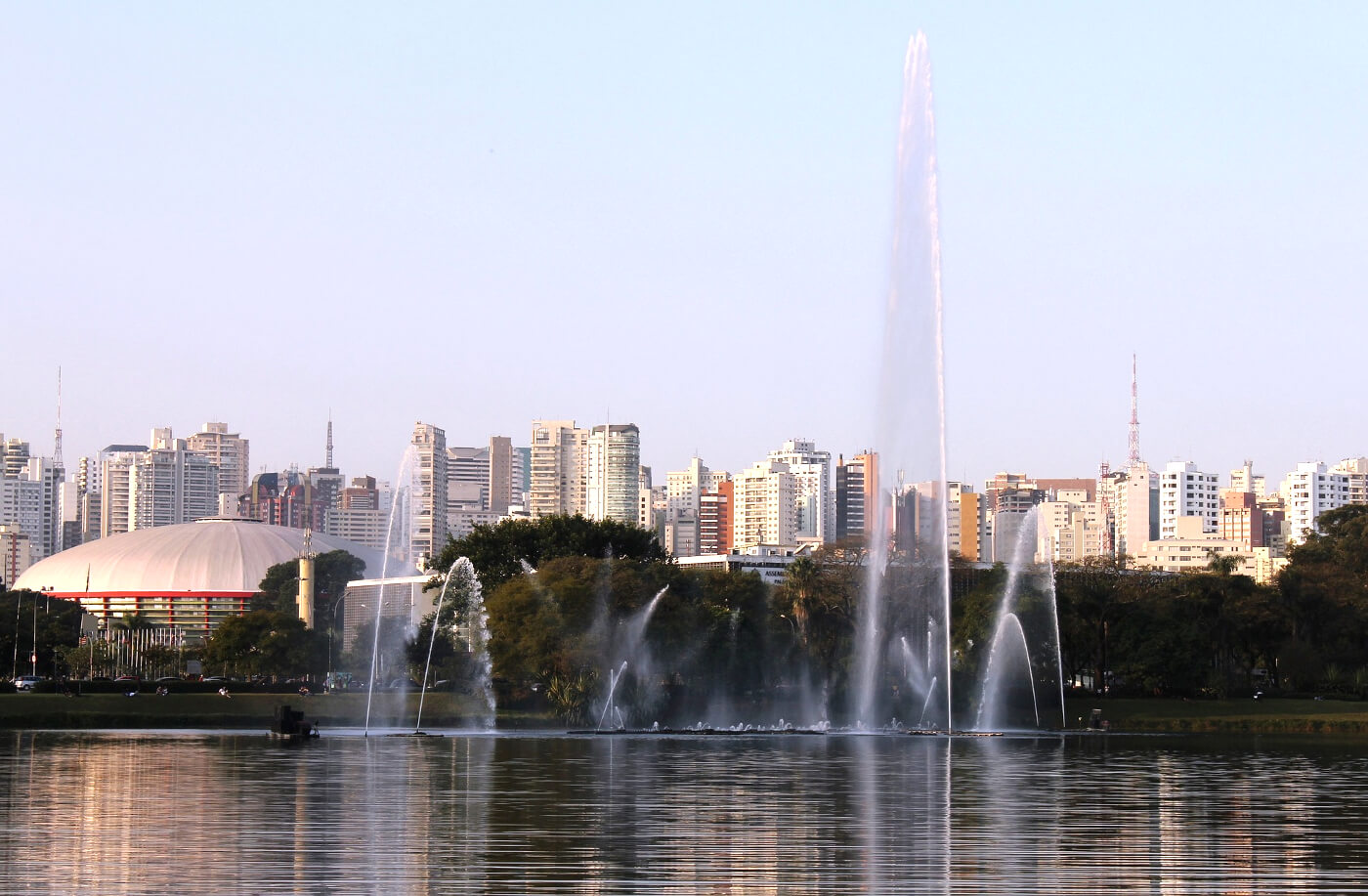
Brasilia is the federal capital of Brazil and seat of government of the federal District. The city is located at the top of the Brazilian Highlands in the country’s center-western region. It was founded in 1960 to serve as the nation’s new capital. Brasilia is Brazil’s third most populous city with almost 2.5 million inhabitants. Brasilia was a planned city to move the capital from Rio de Janeiro to a more central location. The city’s design divides it into numbered blocks as well as sectors for specified activities such as the Hotel Sector, the Banking Sector and the Embassy Sector. Brasilia was inscribed as a UNESCO World Heritage Site in 1987 due to its modernist architecture and uniquely artistic urban planning. It was named “City of Design” by UNESCO. All three branches of Brazil’s federal government are in the city and Brasilia also hosts 124 foreign embassies. The city’s international airport connects it to all other major Brazilian cities and some international destinations as well. The city’s designer used a cross-axial design to indicate the conquest of the land by the new city with the shape of a cross which is often likened to a dragonfly, airplane or bird.

Tourist Attractions:
Pontão do Lago Sul piers and boardwalks
Santuário Dom Bosco religious site
Parque da Cidade Sarah Kubitschek Park
Memorial JK Memorial for President Kubitschek
Jardin Botanique de Brasilia Gardens
Lago Paranoá Bodies of water
Catedral Metropolitana Architecture and religion
Templo da Boa Vontade religion
Juscelino Kubitschek Bridge
Banco do Brasil Cultural Center
Praça dos Crystals points of interest and Landmarks


City of São Salvador de Todos os Santos (Salvador) is the largest city in the Northeast region and the 4th largest city, by population, in Brazil with 2.1 million residents. It was founded by the Portuguese in 1549 and was the first capital of Brazil. The city is on a sharp escarpment and is divided into the Lower Town and the Upper Town which are connected by the first urban Brazilian elevator built in 1873. It was a port of entry for slave ships from Africa and their descendents make the city a hub for and the center of Afro-Brazilian culture. Its Carnival celebration is called the largest party in the world. The Upper Town still has many examples of Portuguese colonial architecture and historical monuments and is a UNESCO World Heritage Site. With its Afro- Brazilian culture, Salvador is known for its cuisine, music, dance and architecture and for Porto da Barra Beach which has been named one of the best beaches in the world. Both Portuguese and English are spoken.
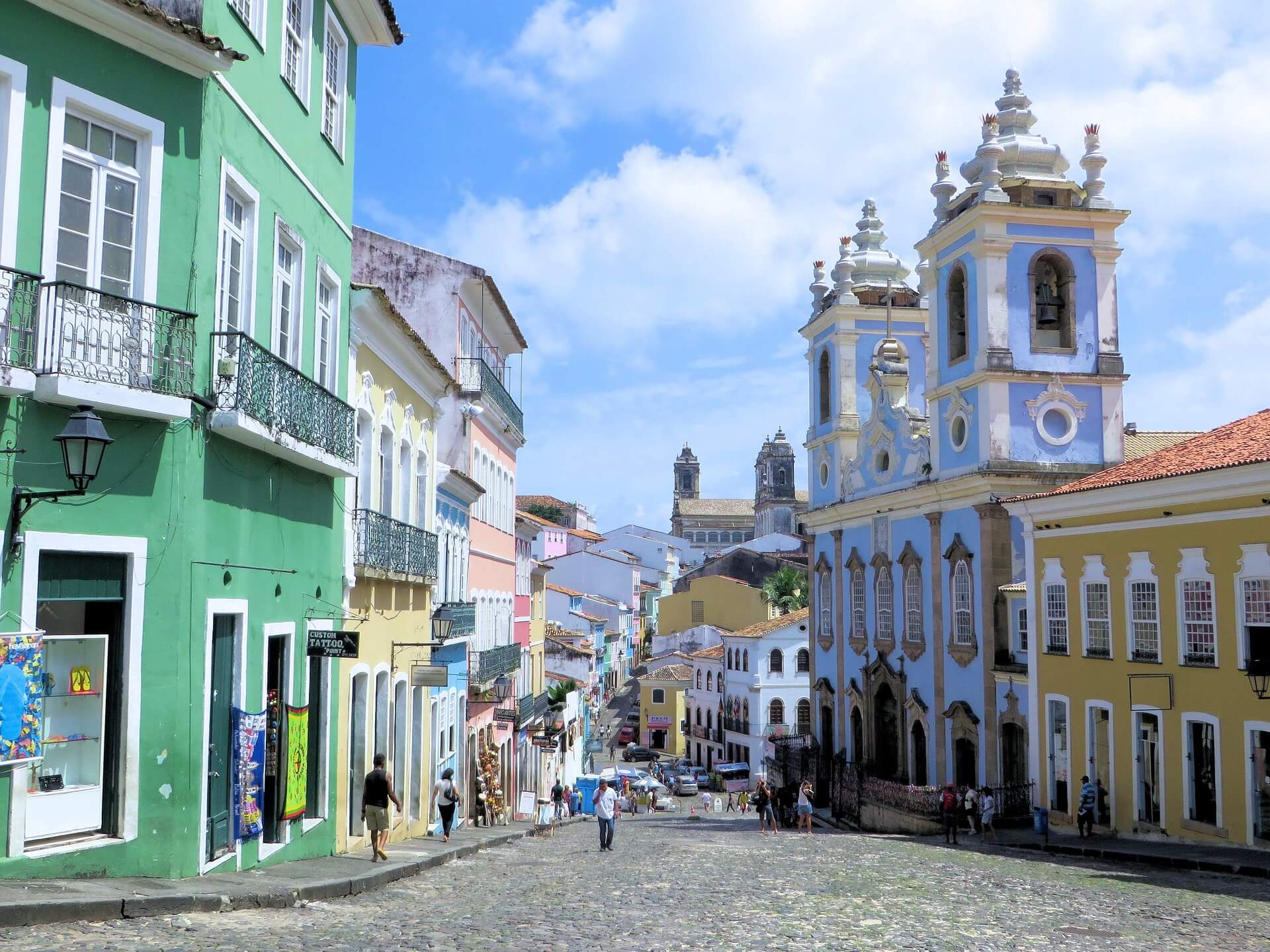
Tourist Attractions:
Ilha dos Frades Boat ride between two islands
Pelourinho Historic part of the city
Casa do Rio Vermelho Museum
Beaches: Flamengo, Praia do Forte, Praia Farol da Barra
Sao Francisco Church and Convent
Ponta de Humaitá point of interest and landmark
Farol da Barra Nautical museum
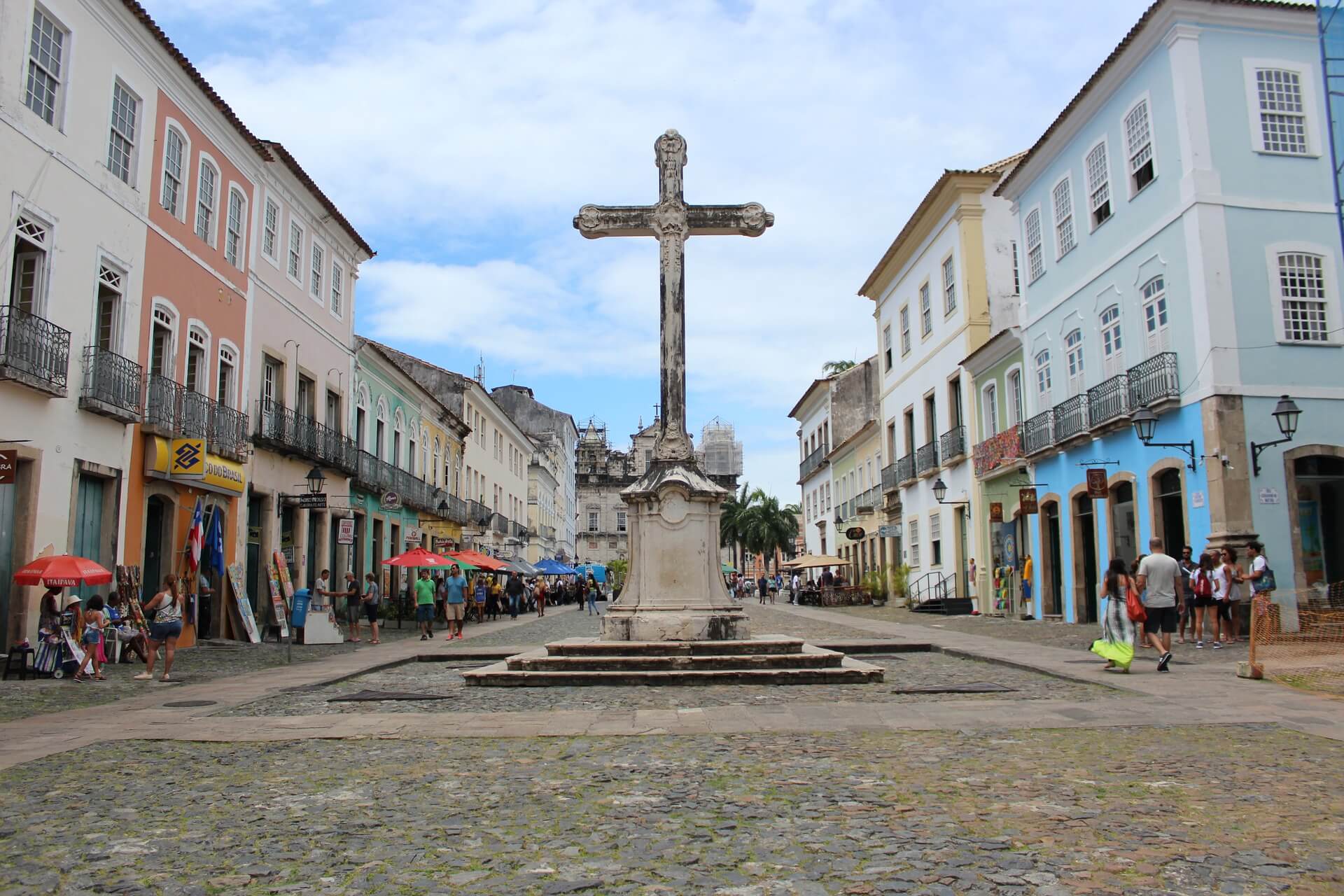

Manaus and the Amazon Rainforest
Manaus is a city of 1.7 million and is the largest city in the Amazon Basin. It is located on the banks of the Rio Negro at the river’s confluence with the Amazon River. It is an important port city for oceangoing vessels and exports rubber, Brazil nuts, lumber and fruits. Surrounding the city is hundreds of miles of dense rainforest and because there are no bridges spanning the rivers in the vicinity of Manaus, ships are used to transport goods across these rivers. The lighter colored Amazon River meets the very dark colored Rio Negro and the rivers flow eastward. The Amazon originates in the Andes Mountains and carries light colored eroded sediment while the Rio Negro originates in the lowland rainforest and carries rotting vegetation causing its dark color. The rivers don’t fully mix for many miles. The Amazon and Negro have the largest water volume in the world before they join, so their confluence makes a truly gargantuan river.
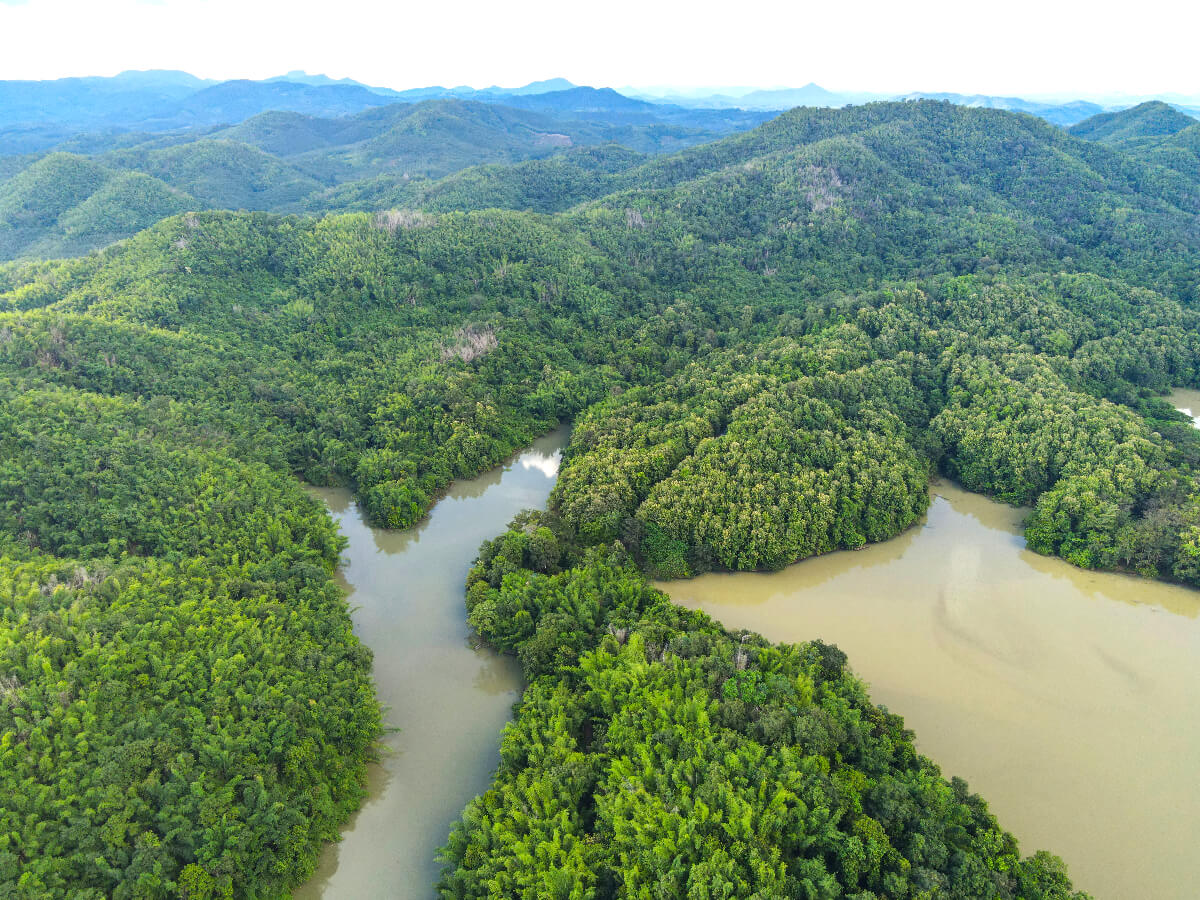
Tourist Attractions:
Teatro Amazonas Museum and opera house
Meeting of the Waters of the Two Rivers
Museu da Amazônia Natural History Museum
Museu do Seringal
Vila Paraíso Museum
Manaus Botanical Garden
Espaço Cultural Largo de São Sebastião point of interest and landmark
Ponta Negra Beach
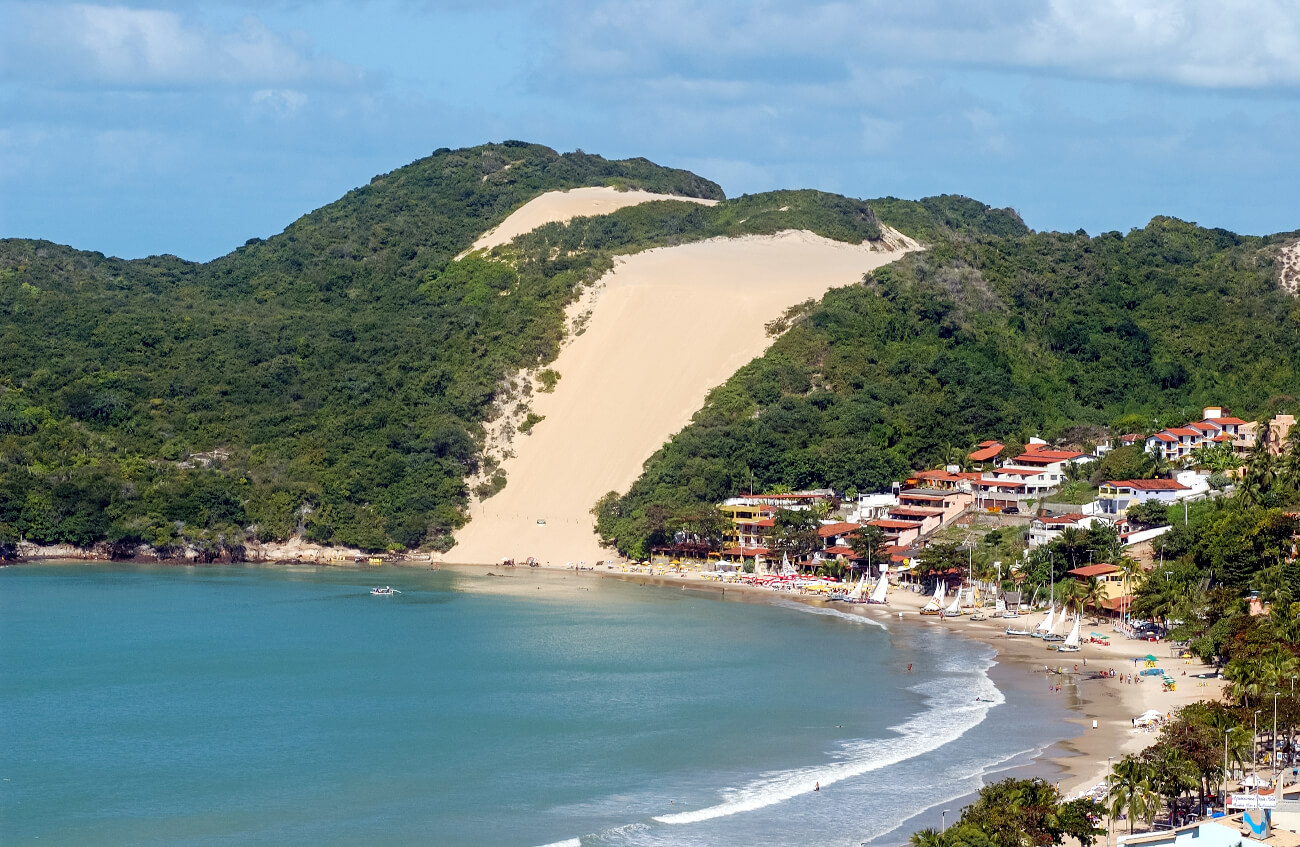
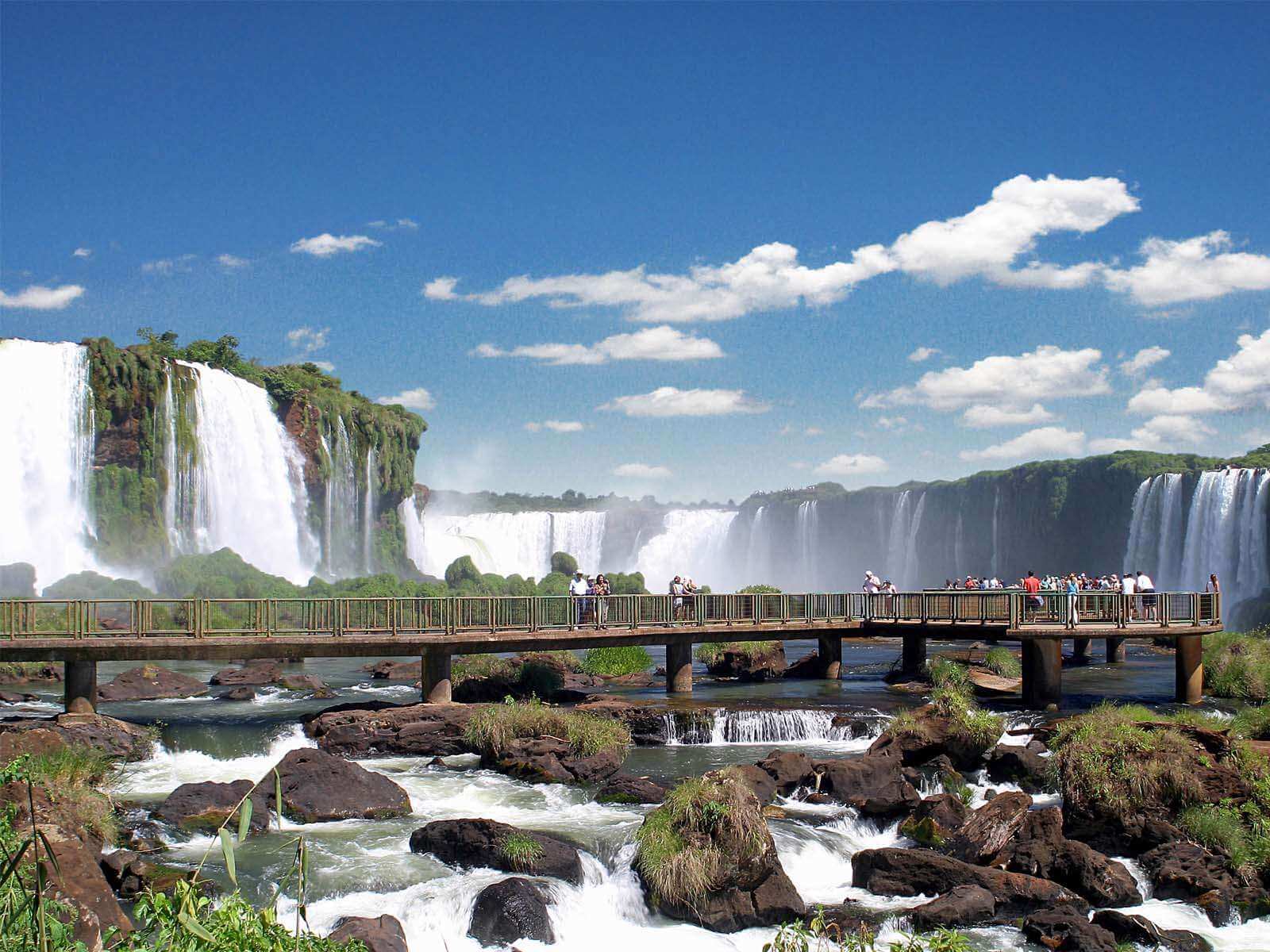
No Tour Found